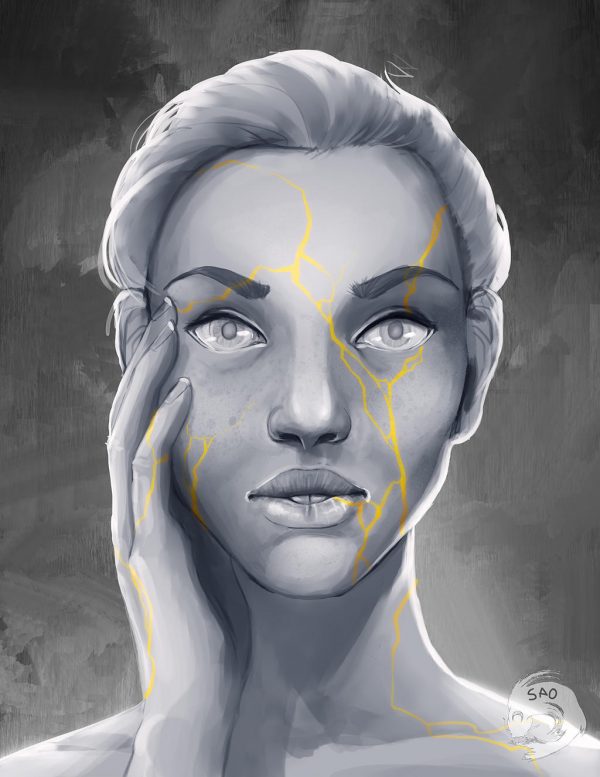Lately, I’ve been collecting fascinating and intriguing Japanese terms. When my husband and I were dating, we talked about our tsundoku habit (buying books and not reading them; letting books pile up unread on shelves or floors or nightstands). One of my colleagues is really jiving the ikagai philosophy (the concept that combines the terms “iki”, meaning alive or life, and “gai” meaning benefit or worth. What gives your life worth, meaning, or purpose). Today I’m reflecting on a term that has captured my heart and attention for the last several years.
Kintsugi: – the Japanese art of repairing broken pottery and transforming it into a new work of art with gold, or sometimes silver. As a philosophy, it treats breakage and repair as part of the history of an object, rather than something to disguise.
Have you seen kintsugi pottery? It’s breathtakingly beautiful and reminds you that broken is not the end of the story. A lot of the times, we see people’s success or wonderful world that is portrayed, and we don’t know the heartbreak, agony, and trauma that went on to get them where they are, and wonder why we can’t be like them. And then when we hit obstacles and heartbreak, we wonder where we went wrong, not realizing the failures and scars are part of the story and come alongside the joys of success. I love the imagery of kintsugi where broken is not a thing to be ashamed of, but to be embraced and precious as we pick up the pieces, put ourselves together, learn our lessons, and move forward, maybe even stronger than when we first started.
As an aside, social media tends to be the complete opposite – how people became successful, the million dollar profitable businesses, etc. But I want to reiterate what Daymond John (CEO of FUBU and the The Shark Group) posted last summer: Don’t let social media fool you. No one is posting their defeats. There is a small movement otherwise, but people are not anxious to put their failures and weaknesses on display.
In my Slaying Giants course, I talk about the fact that we tend to hide or focus on our faults alternatively. We tend to: a) hide the unsavory, the ugly, or the unpleasant – Don’t hide it. Accept it and build your character from there. Or we b) focus on the negative – Don’t stay in the pit. Acknowledge it, and then move on. I keep telling people that falling isn’t failure, and even failing isn’t the end.
I don’t always have clients – there have been long stretches where I’m told time and time again that I have valuable content, resources, and information, but that can seem empty when no one is knocking your door down for your services. There were even moments of depression and what I now label as insanity where I wondered if this is where I need to be, because it seemed like I had reached the breaking point. Thanks to my loving husband and my loving community, I’ve been able to pull out of that, but it gave me a perspective that I use in my trainings and coaching.
May I quote C.S. Lewis here? Bear with me, because I promise it relates:
To love at all is to be vulnerable. Love anything and your heart will be wrung and possibly broken. If you want to make sure of keeping it intact you must give it to no one, not even an animal. Wrap it carefully round with hobbies and little luxuries; avoid all entanglements. Lock it up safe in the casket or coffin of your selfishness. But in that casket, safe, dark, motionless, airless, it will change. It will not be broken; it will become unbreakable, impenetrable, irredeemable. To love is to be vulnerable.
I would say to succeed is to have known failure. To relate to people means to have been broken by them. Having failed, though, pick up the pieces, encase the lessons learned in gold, put yourself back together stronger than you were before, and show how beautifully broken and valuable you are.
What are some of your own kintsugi stories?
Akpene is a whiz at organizing the chaotic and overwhelming clutter for start-ups and small business leaders by listening and identifying focus and strategies so we can define and implement forward direction for a sustaining and successful business.







Leave a Reply